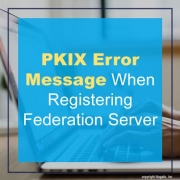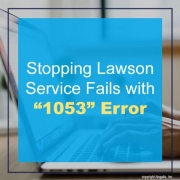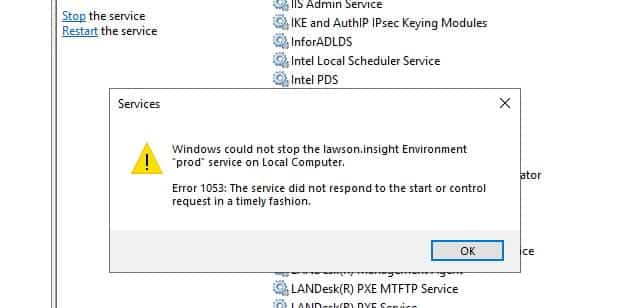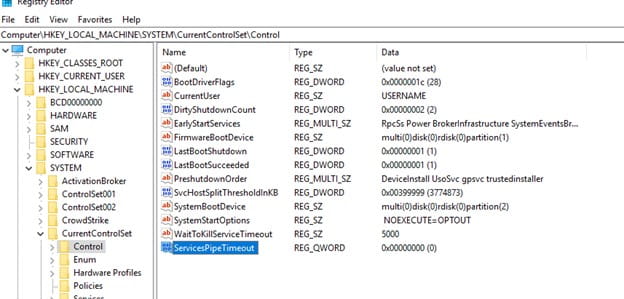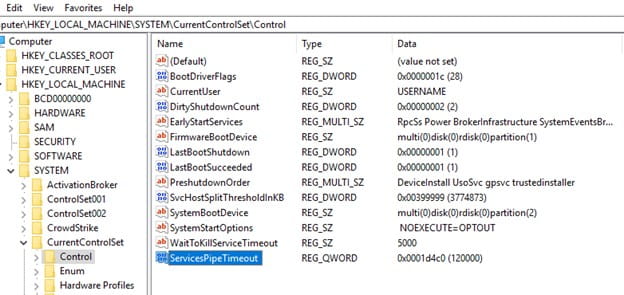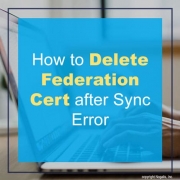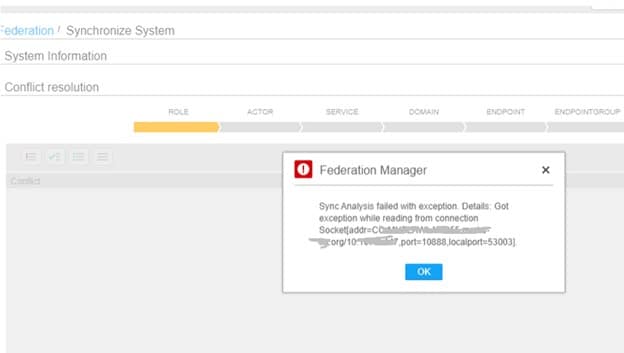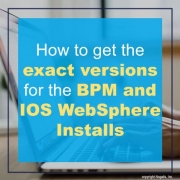An Enterprise Resource Planning System (ERP) is a business process management software that enables companies to integrate and manage automated processes in one place. ERP software offers the advantages of optimized and integrated business processes, lower operating costs, improved reporting capacity, data security and increased productivity. Solutions Review is an online directory of ERP vendors, platforms and software solutions that contains a condensed overview, contact information, links to the company’s social media handlers and the top 24 vendors.
Your company needs to identify the exact solutions and automation capabilities it needs in an ERP system to determine which system best serves your specific needs. You should create a cross-functional team that consists of accounting, supply chain, IT and possibly HR personnel that are part of the selection team; people who know how your business is run day-to-day. One of the worst mistakes companies make in selecting an ERP system is having the executives watch a snazzy sales presentation with all the reporting at the end and decide on bells and whistles instead of what your company needs to perform your day-to-day processes. All ERP systems provide reporting capabilities. There are many inexpensive tools to create reporting dashboards for any ERP system so this should not be a deciding factor.
As a selection tool, it might be good to create a spreadsheet which lists the functions of an ERP system that your organization needs. These vary by company so your spreadsheet may look entirely different from another company’s spreadsheet. Then have everyone on the cross-functional selection team rate the various ERP companies on their ability to provide each function on a 1 – 5 scale, for example. Then totaling the scores will provide a good idea about which ERP solution best fits your overall needs. Don’t forget to include the integration piece in your evaluation for making sure you can easily integrate any other software that your organization needs so you end up with a fully automated system. Using this type of selection criteria: multi-functional, objective scoring on each function, allows you to end up with an objective way of making a decision based on the overall needs of your organization.
The cost of an ERP system is composed of license fees (depending on how many users you have), the software itself, the modules you choose, the host hardware, installation, maintenance, training and support. The Software Path Report 2019 states that you can expect to spend up to $7,200 per user on your system on average – and that’s a big investment – a reminder that ERP selection is a long-term consideration. In the traditional view of your ERP – selection, you don’t need to choose the most expensive; choose the system which you can get the best fit for your business.

